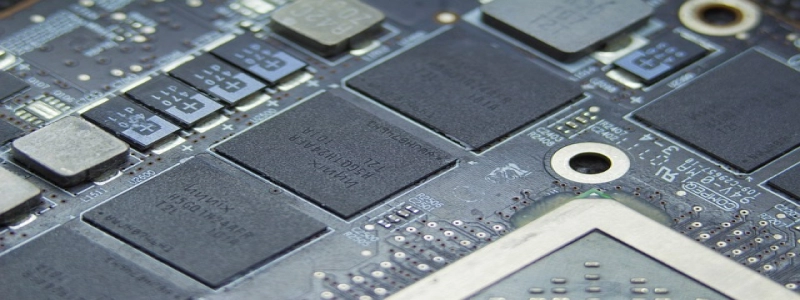Ethernet Cable Diameter
Introduction
Ethernet cables are essential for establishing wired connections in networking systems. They transmit data signals between devices such as computers, routers, and switches. One important aspect to consider when choosing an ethernet cable is its diameter. In this article, we will explore the significance of ethernet cable diameter and its impact on network performance.
1. What is ethernet cable diameter?
Ethernet cable diameter refers to the physical size of the cable. It is measured in terms of the cable’s outer diameter. Diameter can vary depending on the type and category of ethernet cable being used.
2. Why does ethernet cable diameter matter?
The diameter of an ethernet cable can impact various aspects of network performance, including signal quality, data transfer speeds, and cable flexibility. Here are some factors to consider:
2.1 Signal quality
Ethernet cables with thicker diameters generally provide better signal quality. Thicker cables have more insulation, reducing the chances of external interference and signal loss. This results in a more reliable connection and fewer data transmission errors.
2.2 Data transfer speeds
The diameter of an ethernet cable can affect the data transfer speeds that can be achieved. Thicker cables can support higher speeds compared to thinner cables. This is because thicker cables have more copper wires, allowing for better conductivity and faster data transmission.
2.3 Cable flexibility
Ethernet cables with smaller diameters are generally more flexible and easier to install. They can be bent and routed around corners more easily, making them ideal for situations that require flexibility, such as in wall installations or tight spaces.
3. Types of ethernet cables and their diameters
Different types of ethernet cables have varying diameters. Here are some common ethernet cable types and their diameters:
3.1 Category 5e (Cat5e) cable: Approximately 0.204 inches (5.2 mm) in diameter.
Cat5e cables are widely used for most networking applications, including home and office networks. They support speeds up to 1 gigabit per second (Gbps).
3.2 Category 6 (Cat6) cable: Approximately 0.250 inches (6.4 mm) in diameter.
Cat6 cables are an improvement over Cat5e cables, providing better signal quality and higher data transfer speeds. They can support speeds up to 10 Gbps.
3.3 Category 6a (Cat6a) cable: Approximately 0.354 inches (9.0 mm) in diameter.
Cat6a cables are designed for high-performance applications, providing superior signal quality and bandwidth capabilities. They can support speeds up to 10 Gbps over longer distances.
4. Considerations when choosing an ethernet cable diameter
When selecting an ethernet cable diameter, you need to consider your specific network requirements and environment:
4.1 Required data transfer speeds: Determine the maximum speed your network demands, and choose a cable diameter that can support those speeds.
4.2 Cable length: Longer cable runs may require thicker cables to compensate for signal loss over distance.
4.3 Flexibility needs: Evaluate whether flexibility is crucial for your installation. If so, consider choosing a cable with a smaller diameter.
Conclusion
Ethernet cable diameter plays a crucial role in network performance. Understanding the significance of diameter can help you make informed decisions when selecting ethernet cables for your networking needs. Consider factors such as signal quality, data transfer speeds, and cable flexibility to choose the most suitable ethernet cable diameter for your specific requirements.








